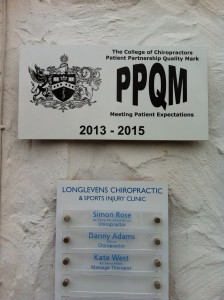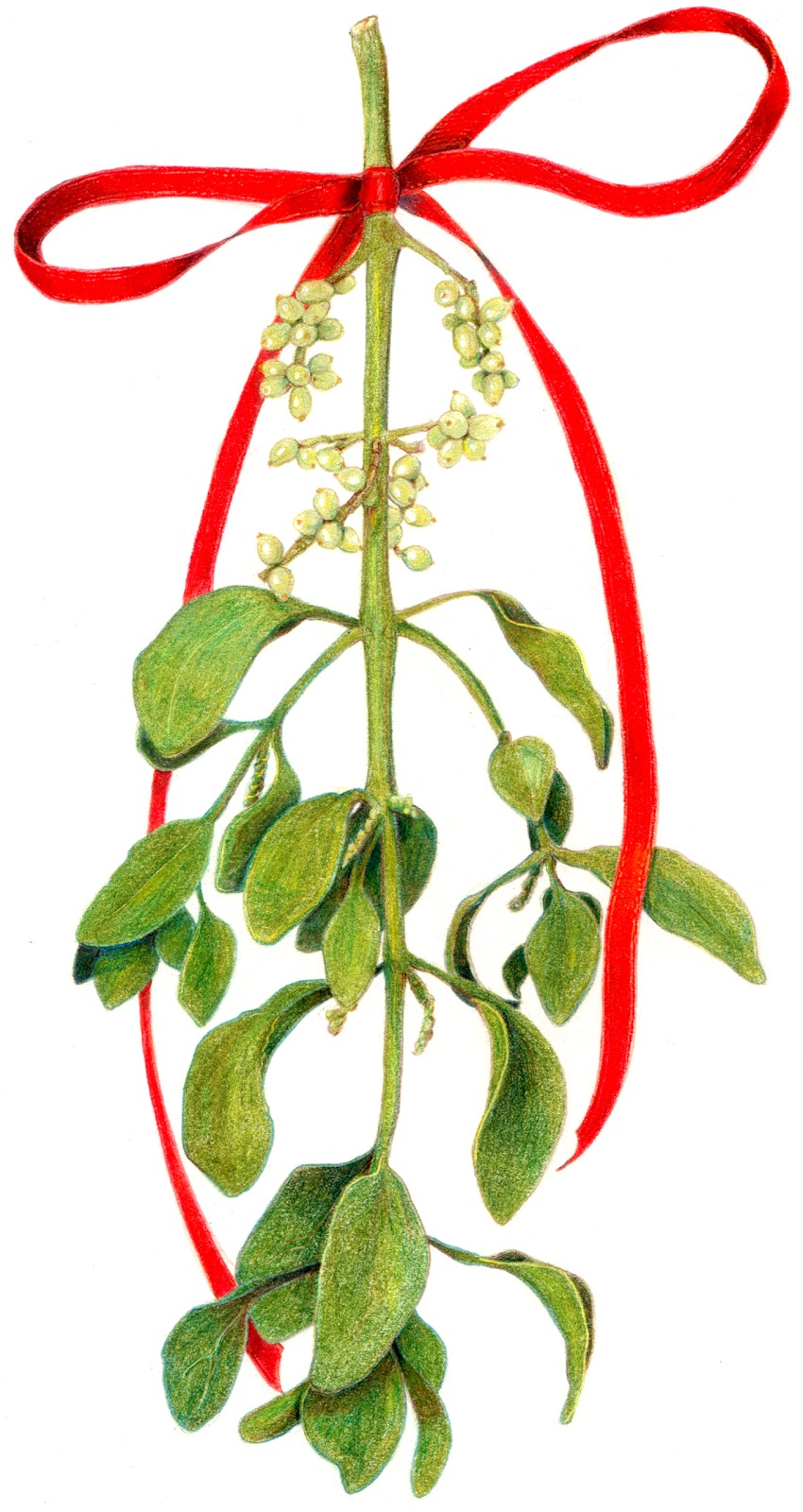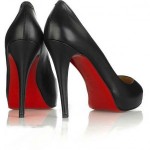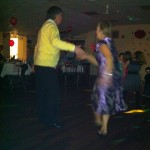Putting Patients First – It’s What We Do
Providing excellence in patient care is, and has always been, at the heart of what we do at the Longlevens Chiropractic Sports Injury clinic. To receive official recognition of this from the Royal College of Chiropractors, with Commendation, is fabulous and I am so proud of my dedicated and superb team.
PPQM – Patient Partnership Quality Mark – what does it mean? Basically, we are a Chiropractic Healthcare clinic with a patient focused approach. We work with you and actively involve you in your care, and tailor each treatment plan to suit each patient. In doing so, we achieve excellence not only in our results (of fundamental importance, you will agree), but also in things like our clinic environment, our policies and procedure, the education and information we provide, and your confidentiality.
Putting Patients First will always be at the heart of what we do. It forms one of the most crucial and basic values upon which Simon Rose built the strong reputation of our clinic, and to which our wonderful reception team works to.
We don’t, however, plan to sit back and bask in the glory of the award – we plan to improve continuously as much as we can. This is why we are implementing a new feedback and suggestions scheme – let me know what you like best and least about the clinic, and what you would like to see change, and you will be entered into our prize draw to win a hot stone massage with Kate West!
Lastly but by no means least, as really he did steal the show at last week’s award ceremony, congratulations to Danny (and also to Mentor Simon Rose) on his prestigious and highly sought after award. It was a close contest but deservedly won by Danny who has made an outstanding start to his Chiropractic career with us, and is very highly regarded among patients and professionals alike.
Leah Rose






